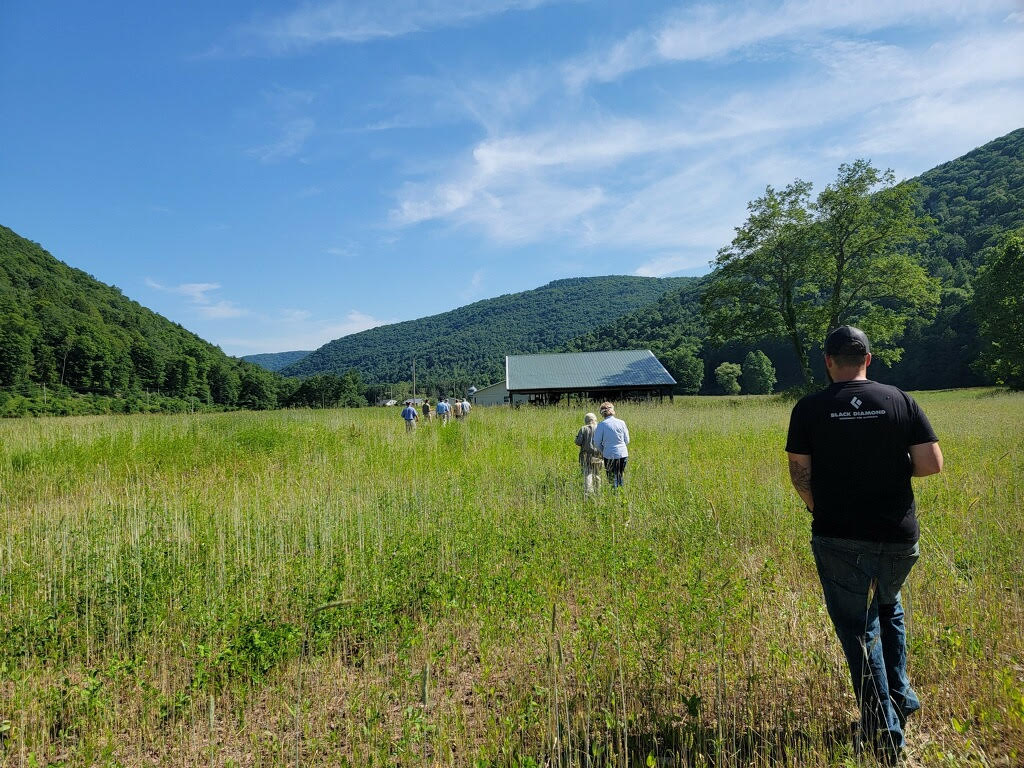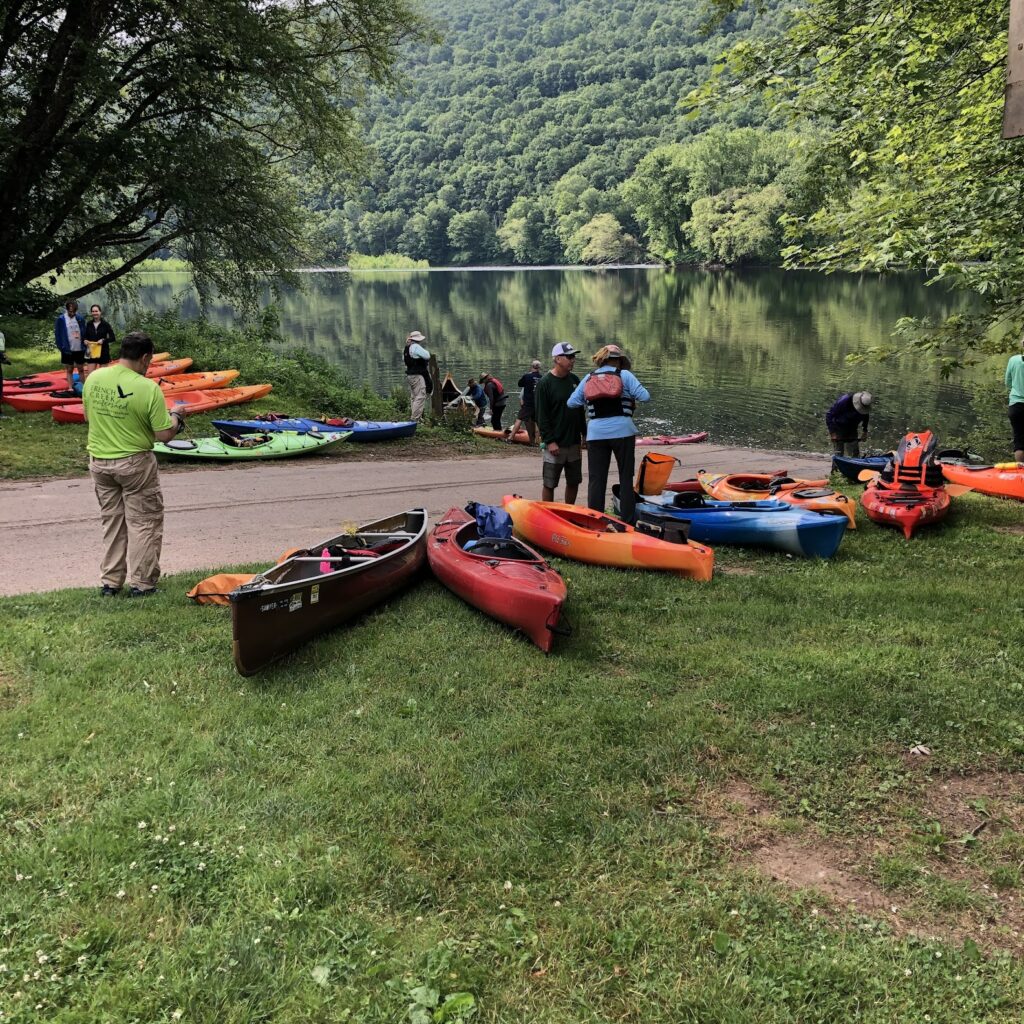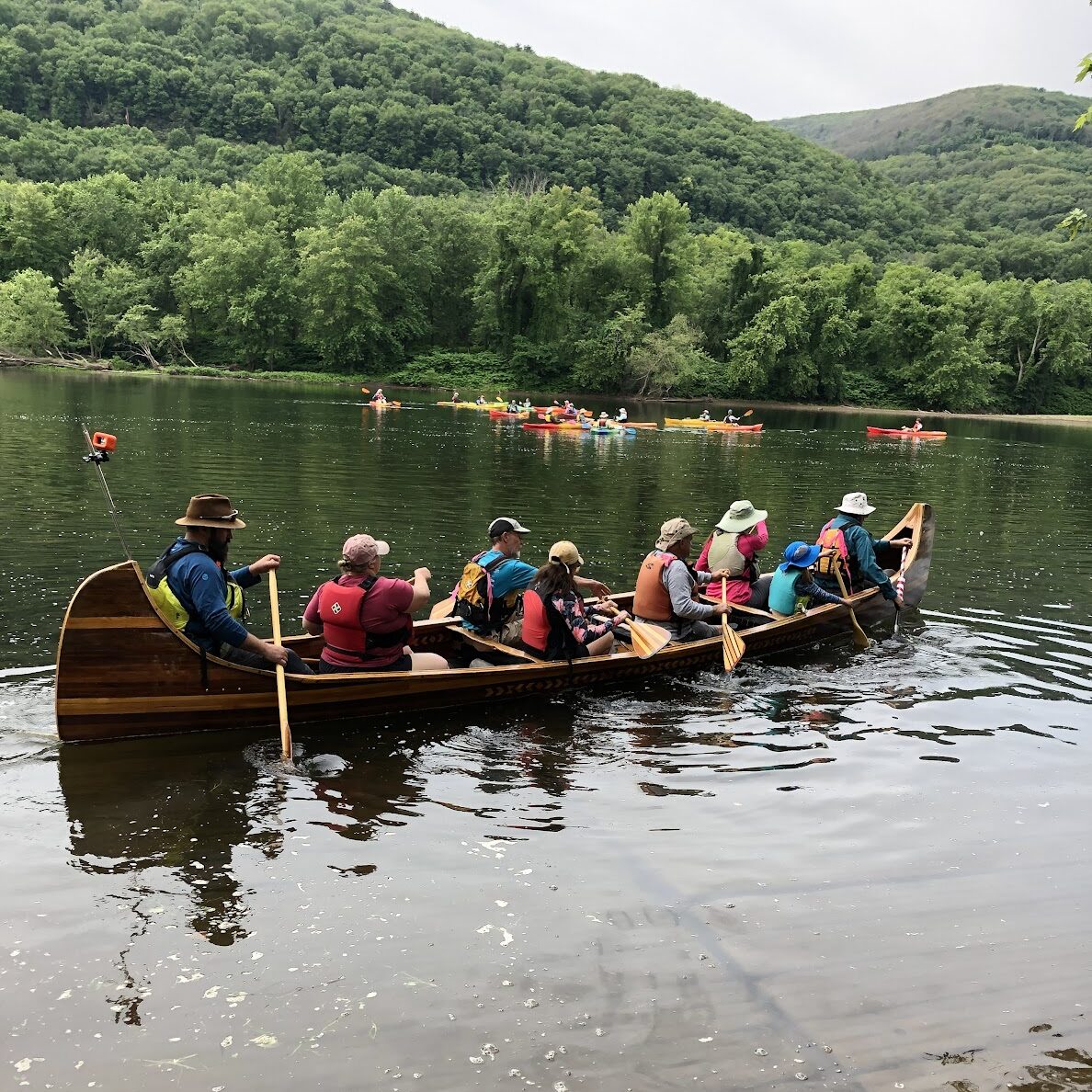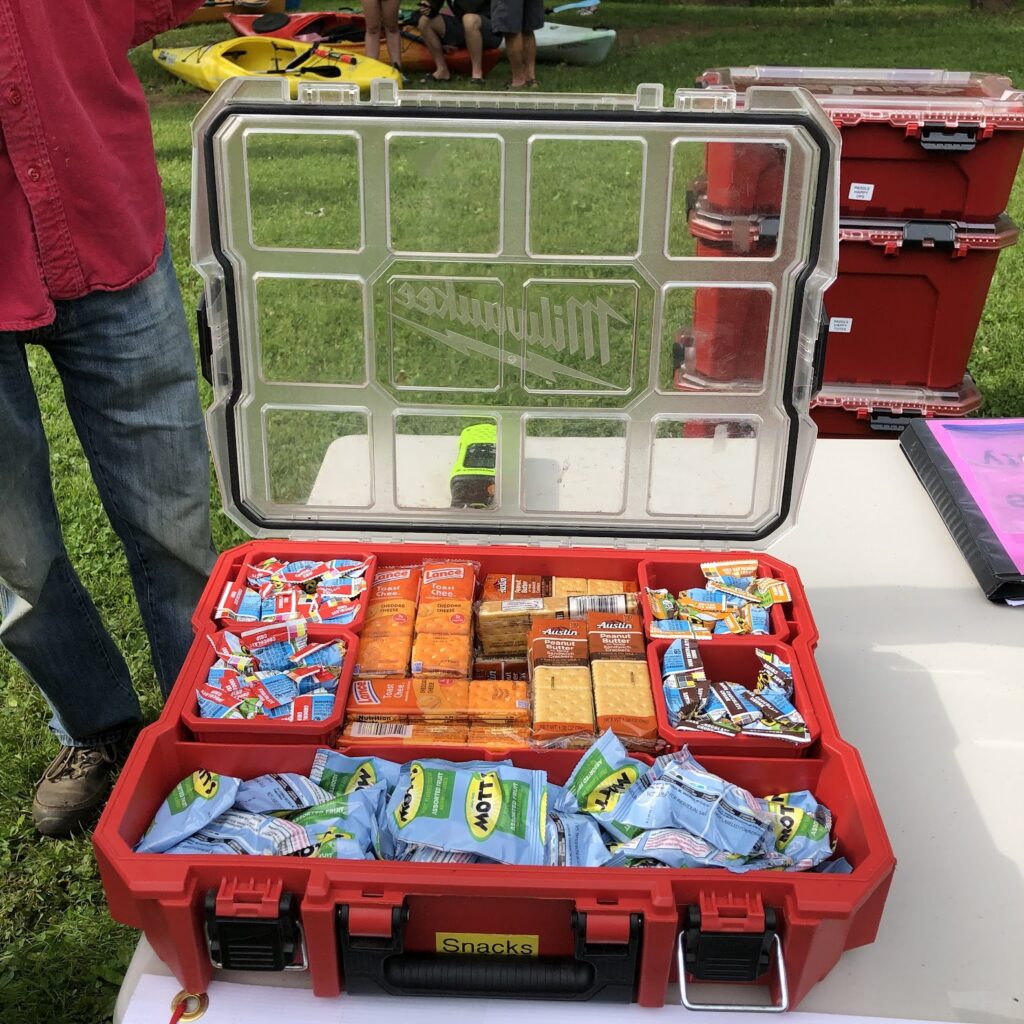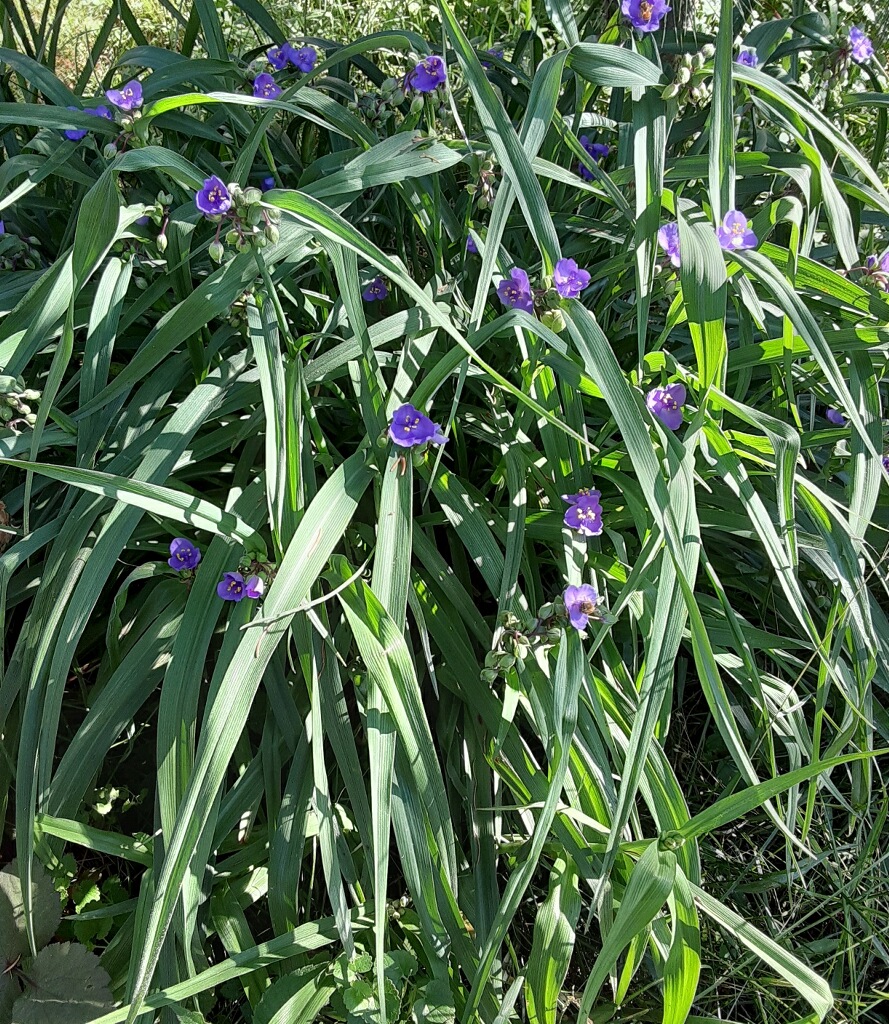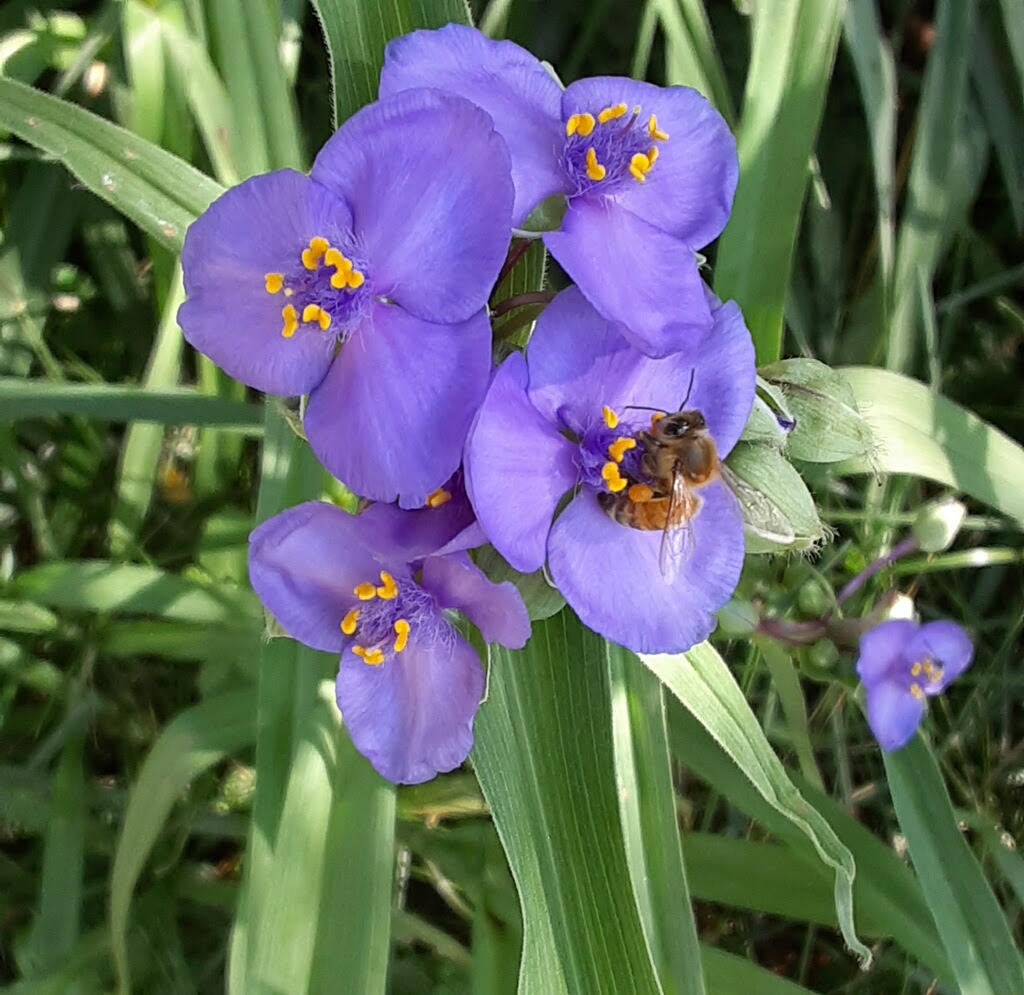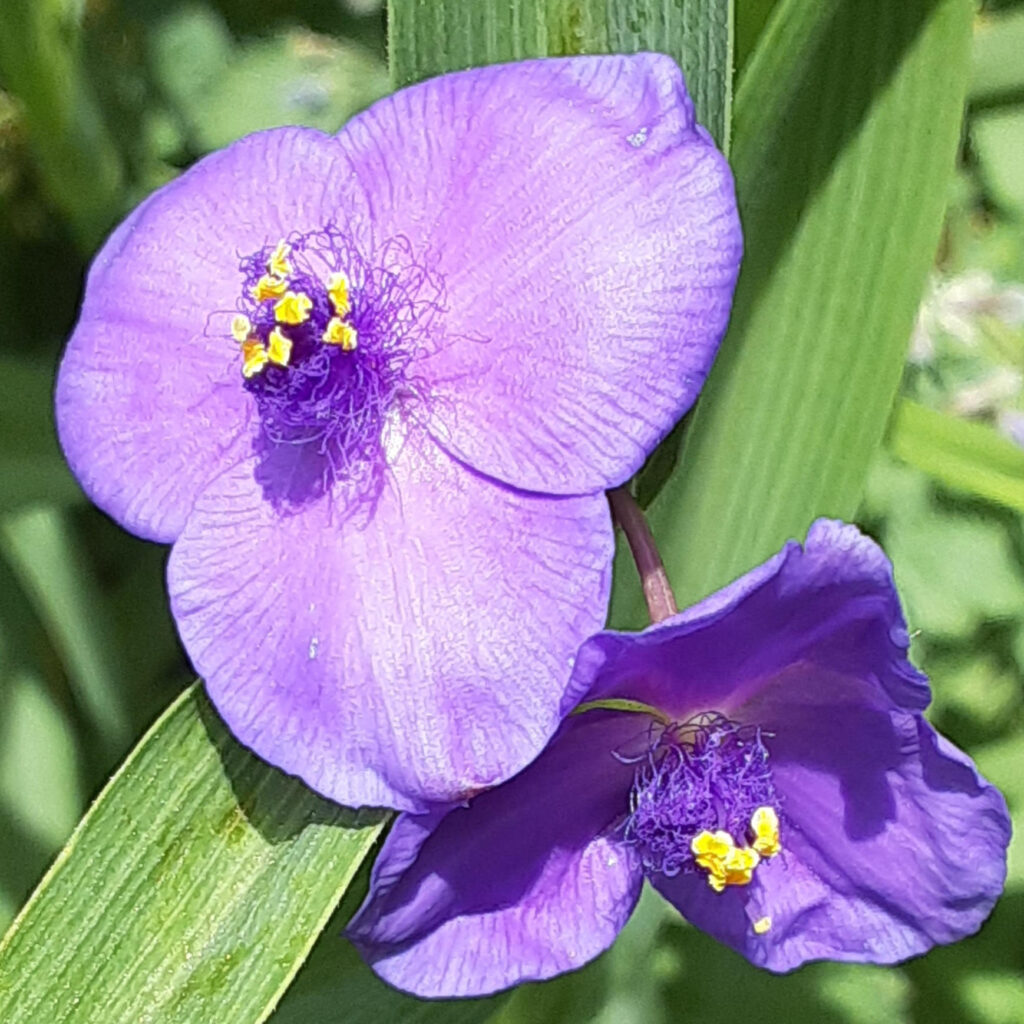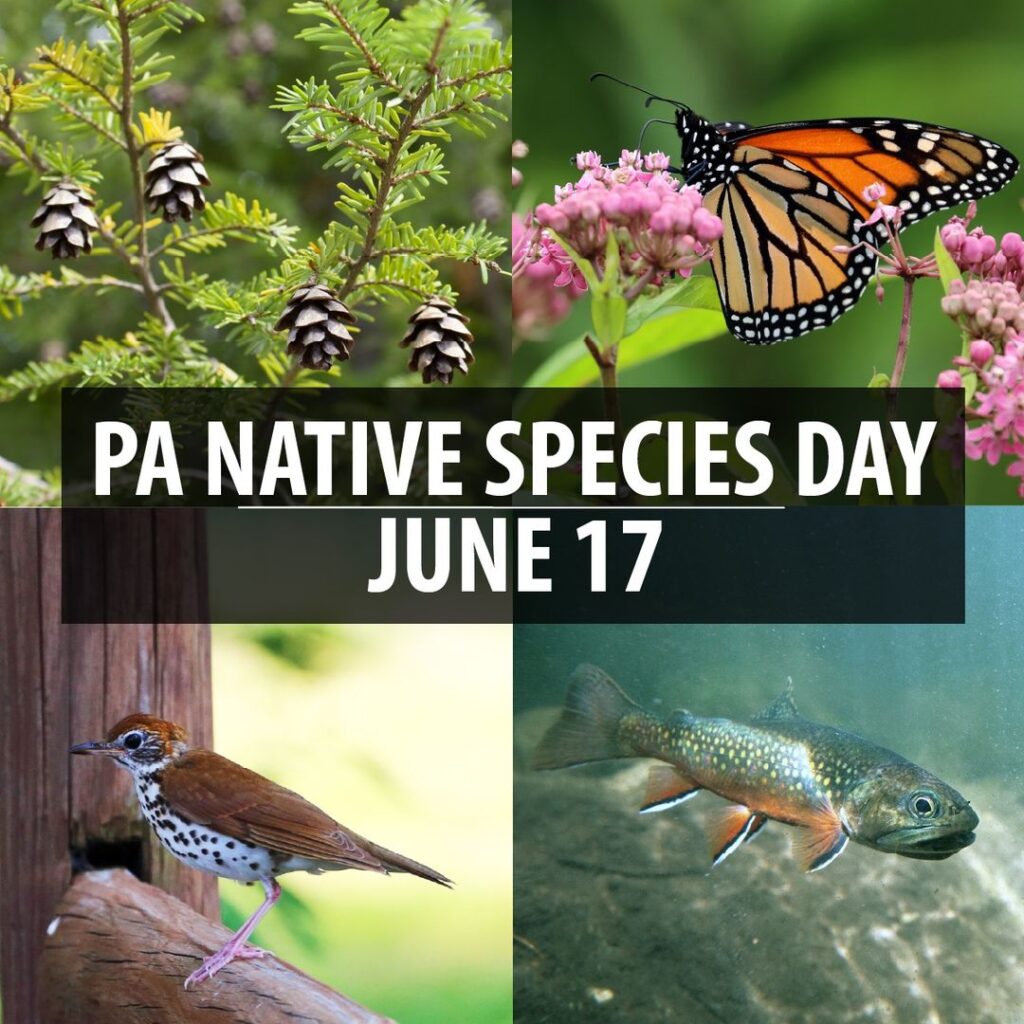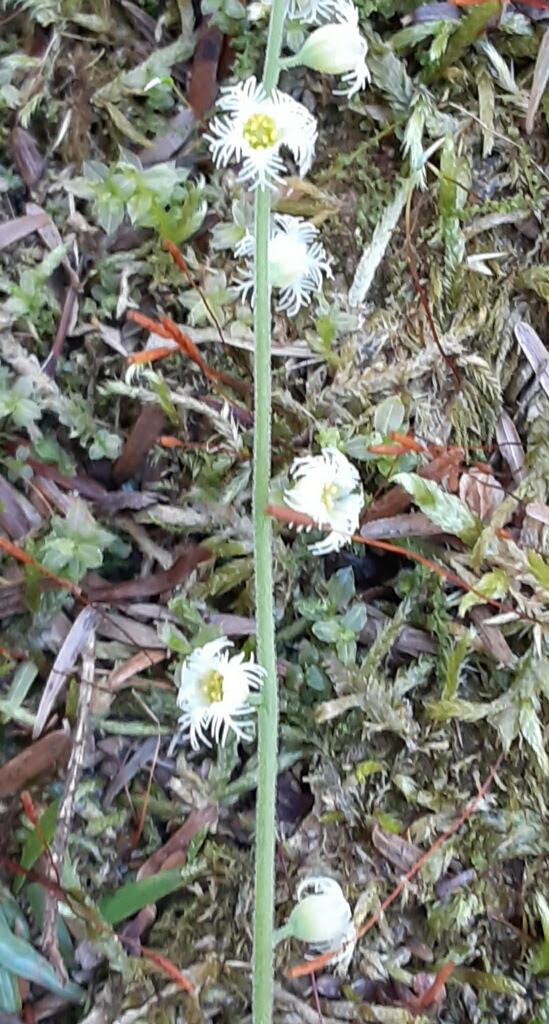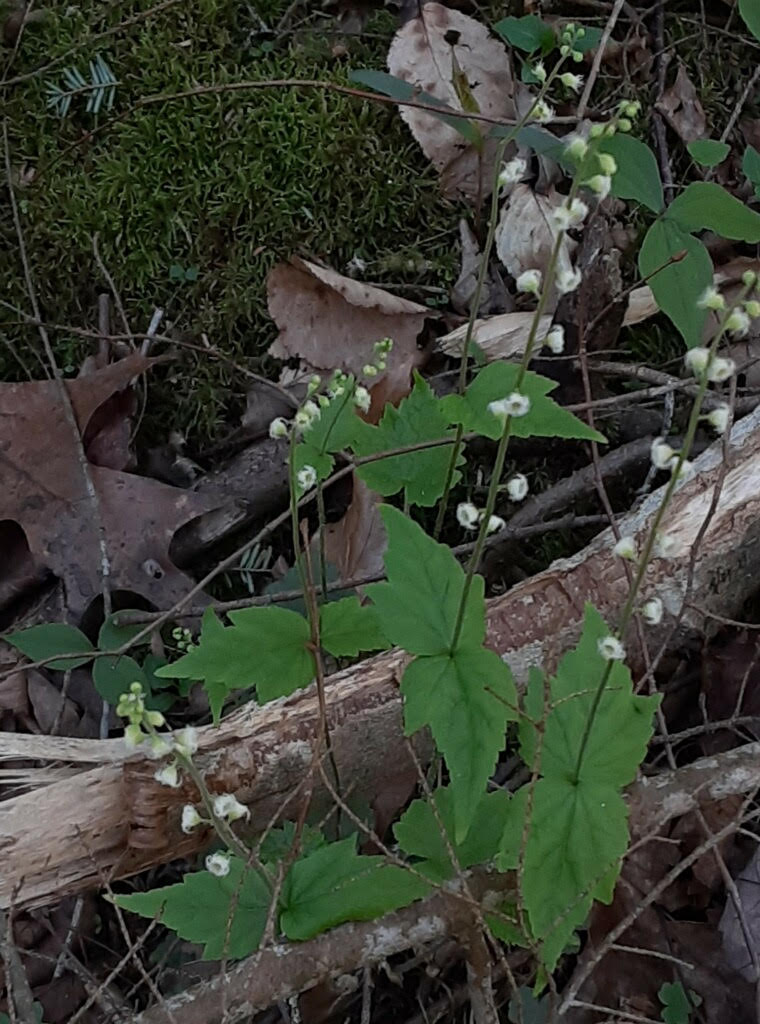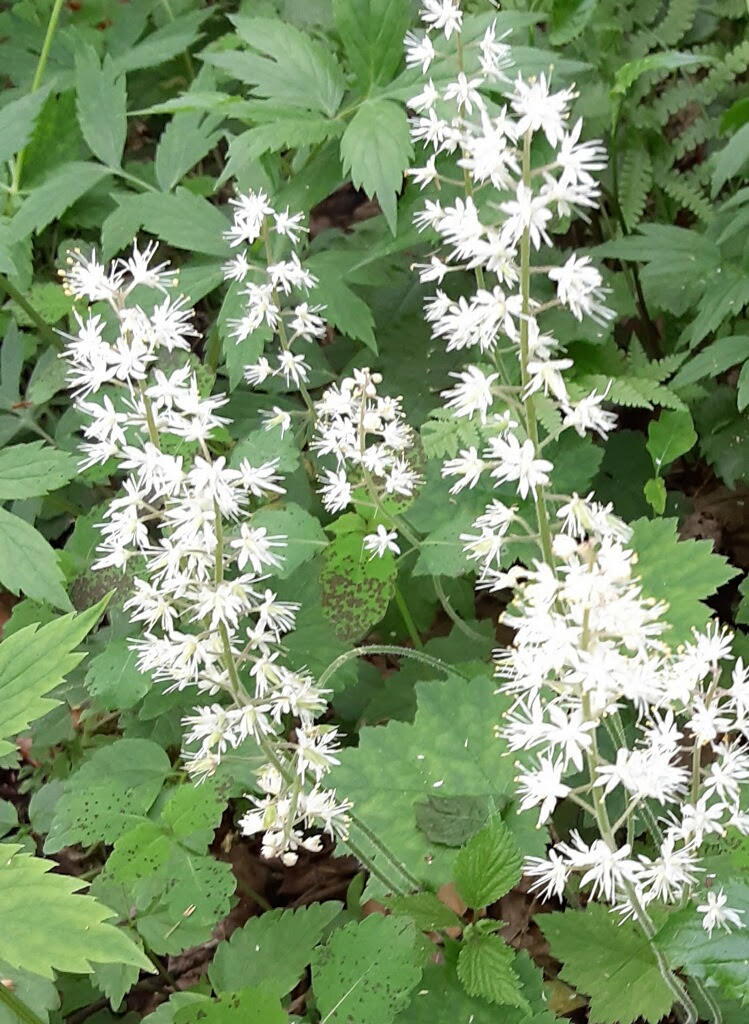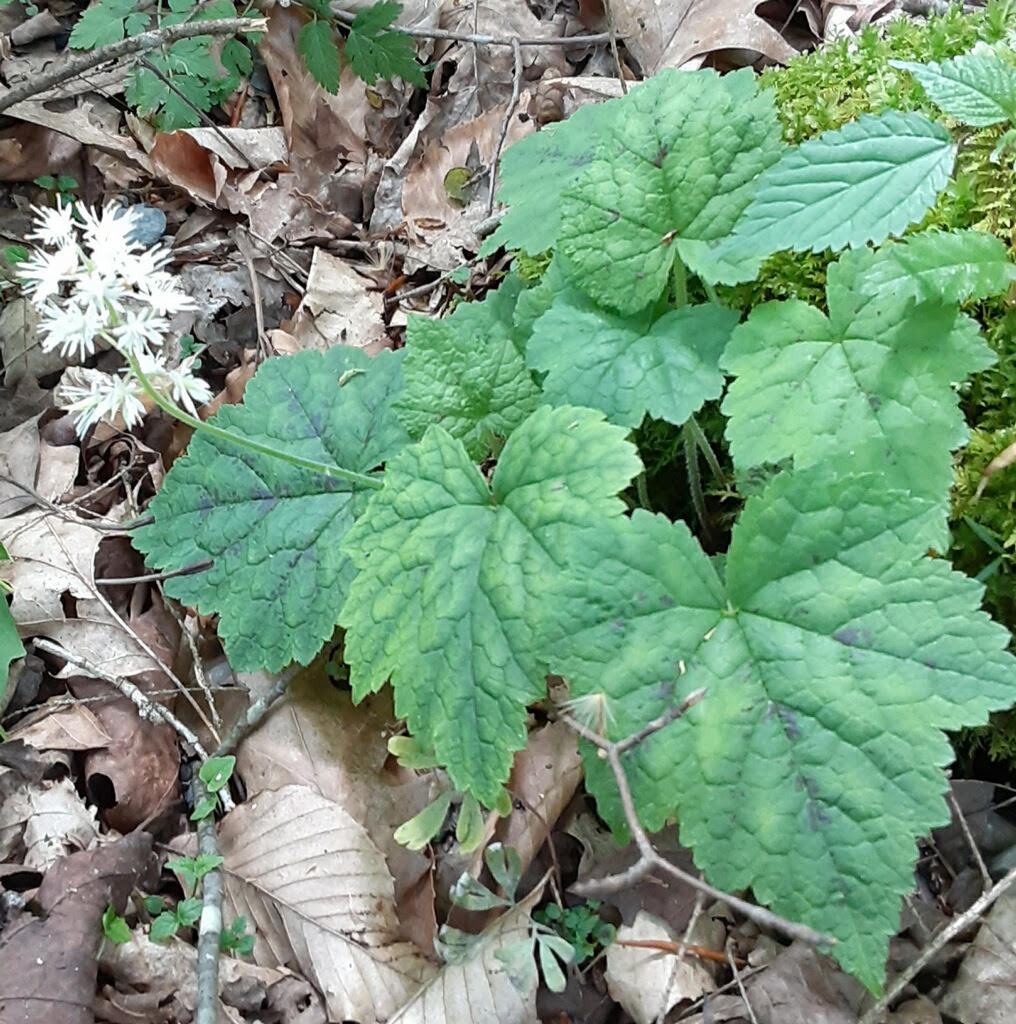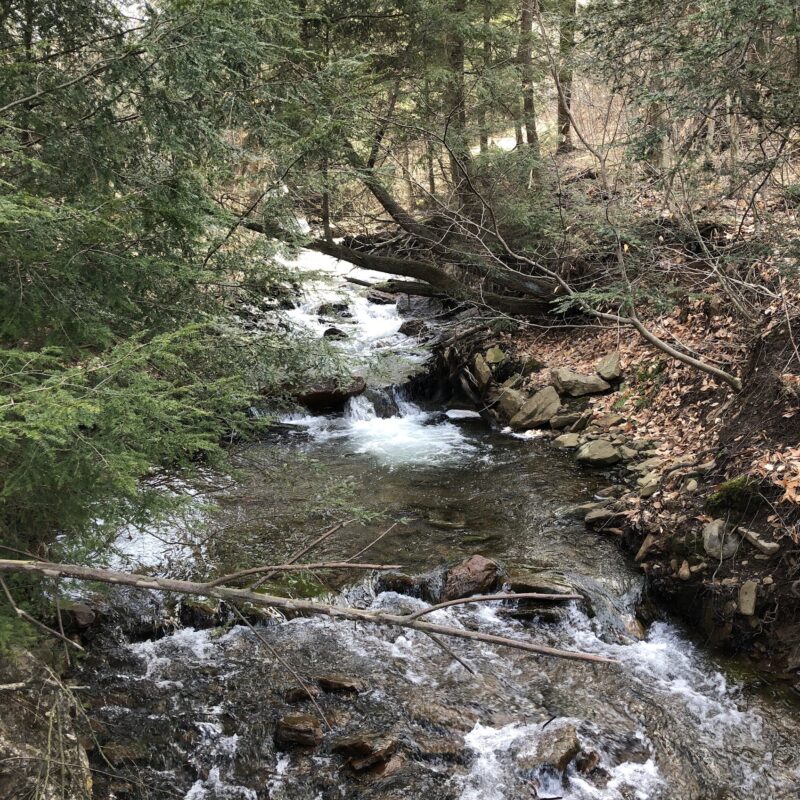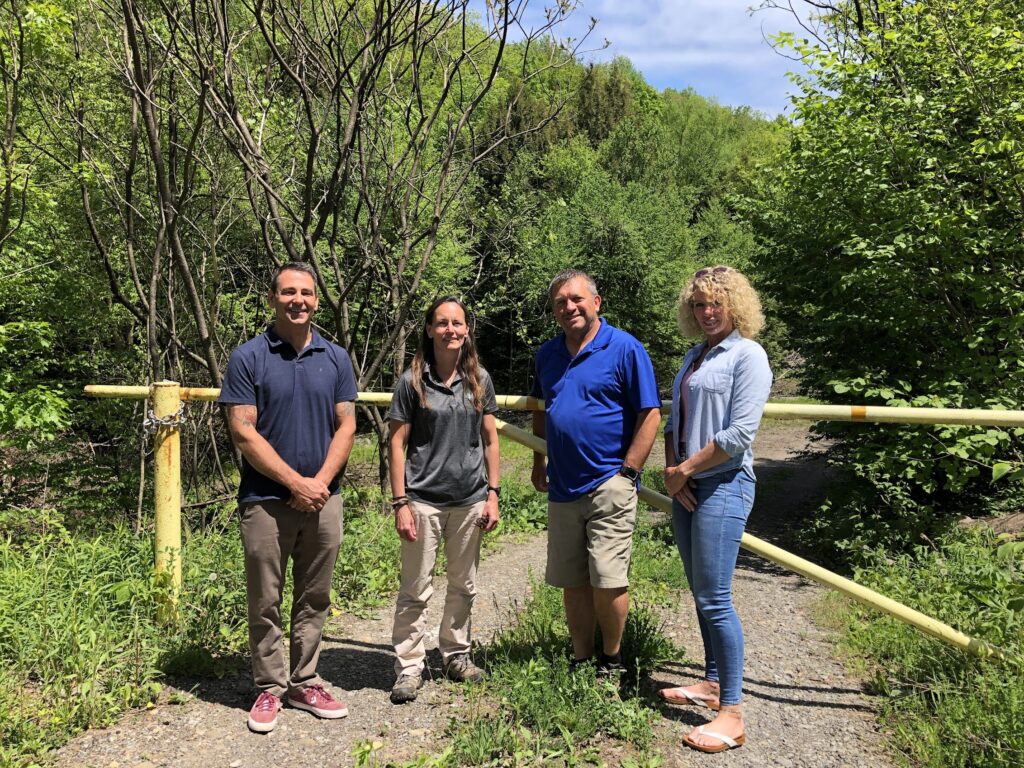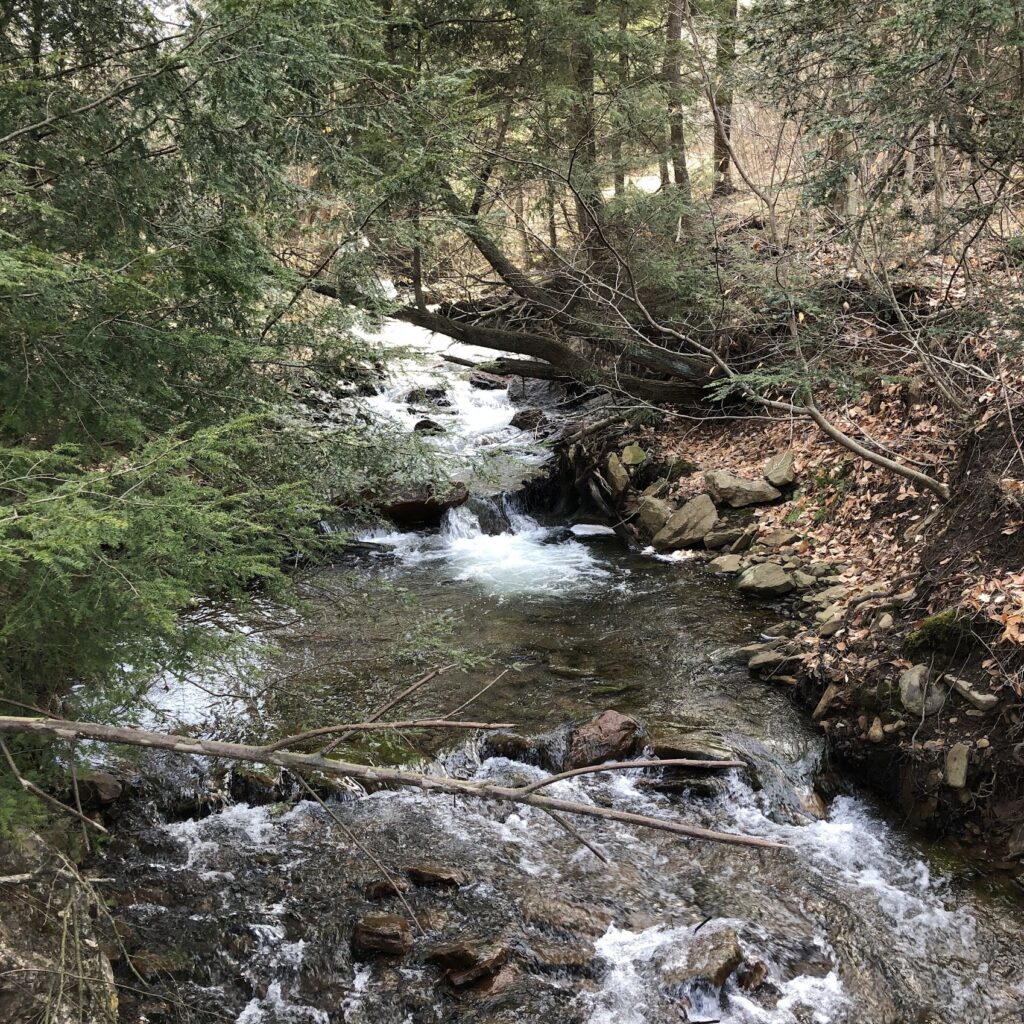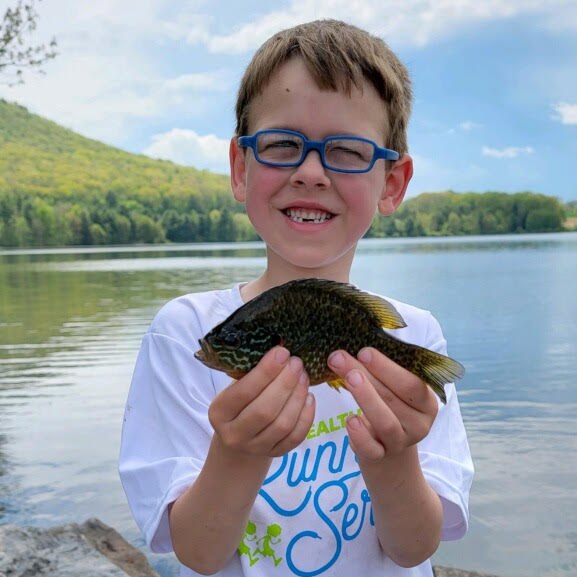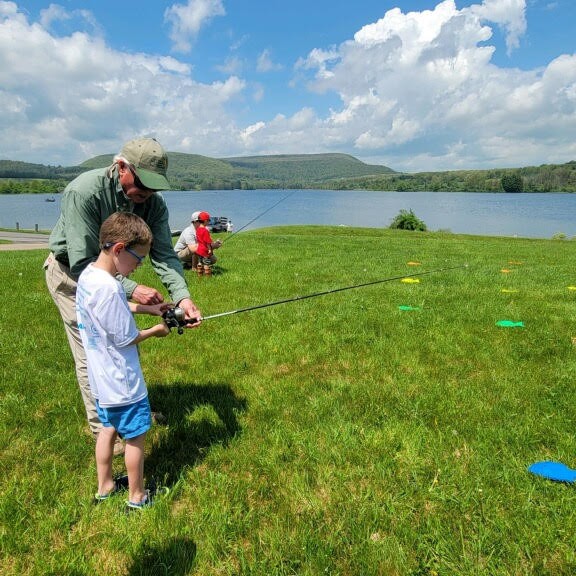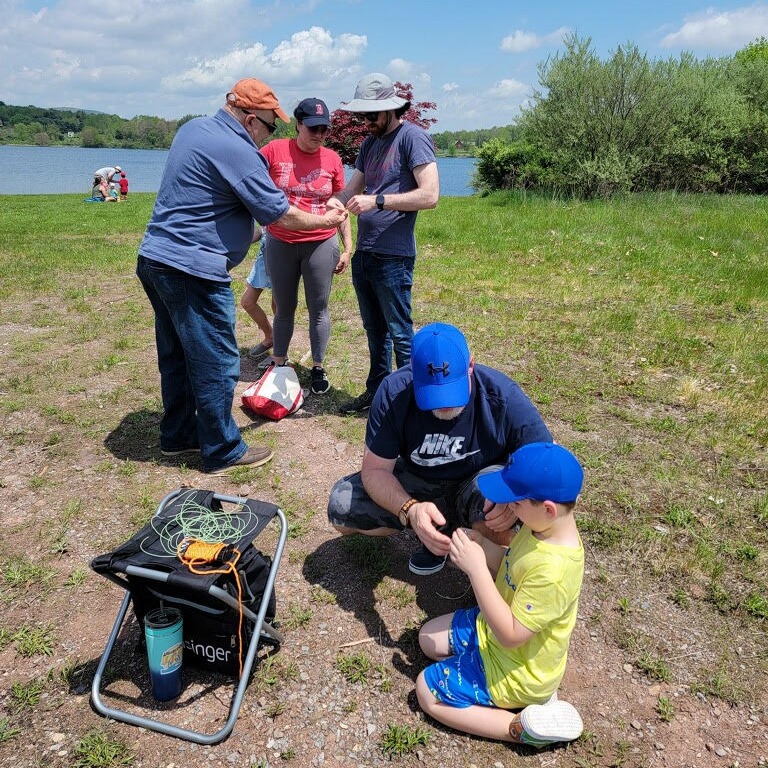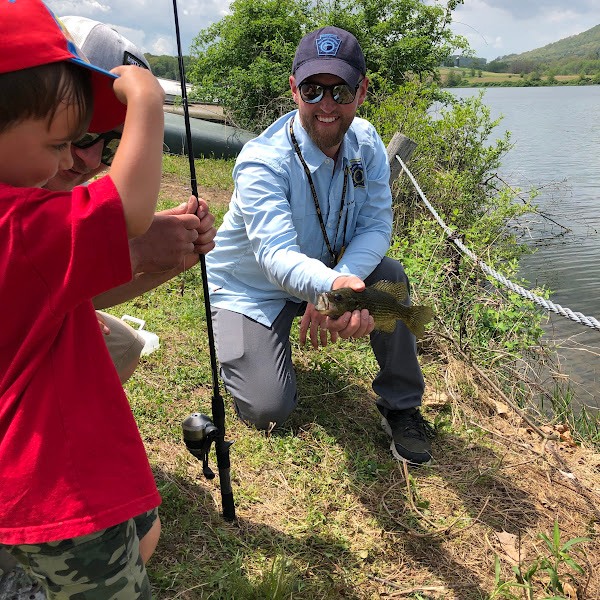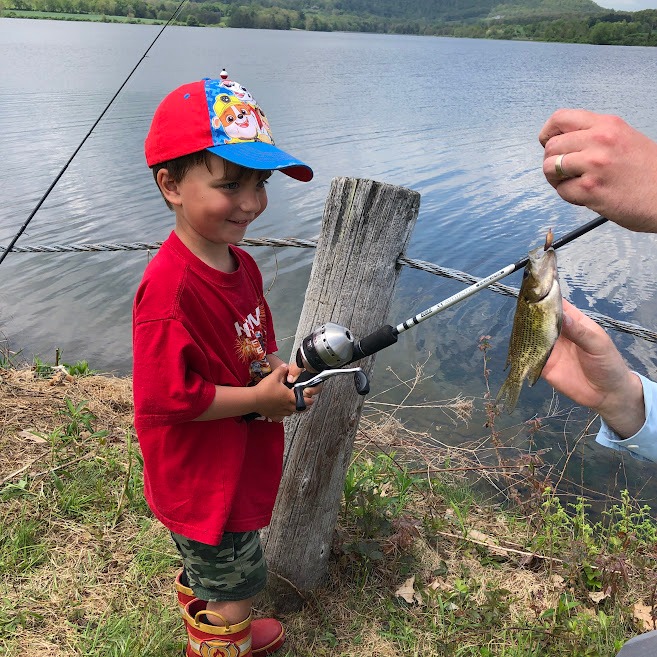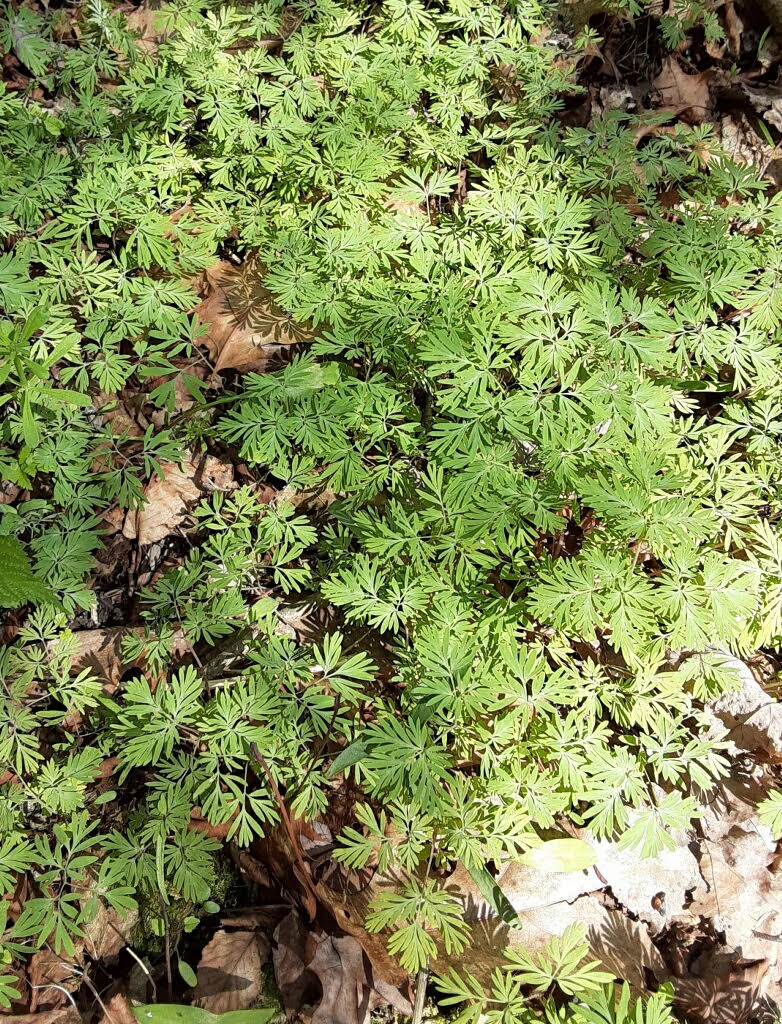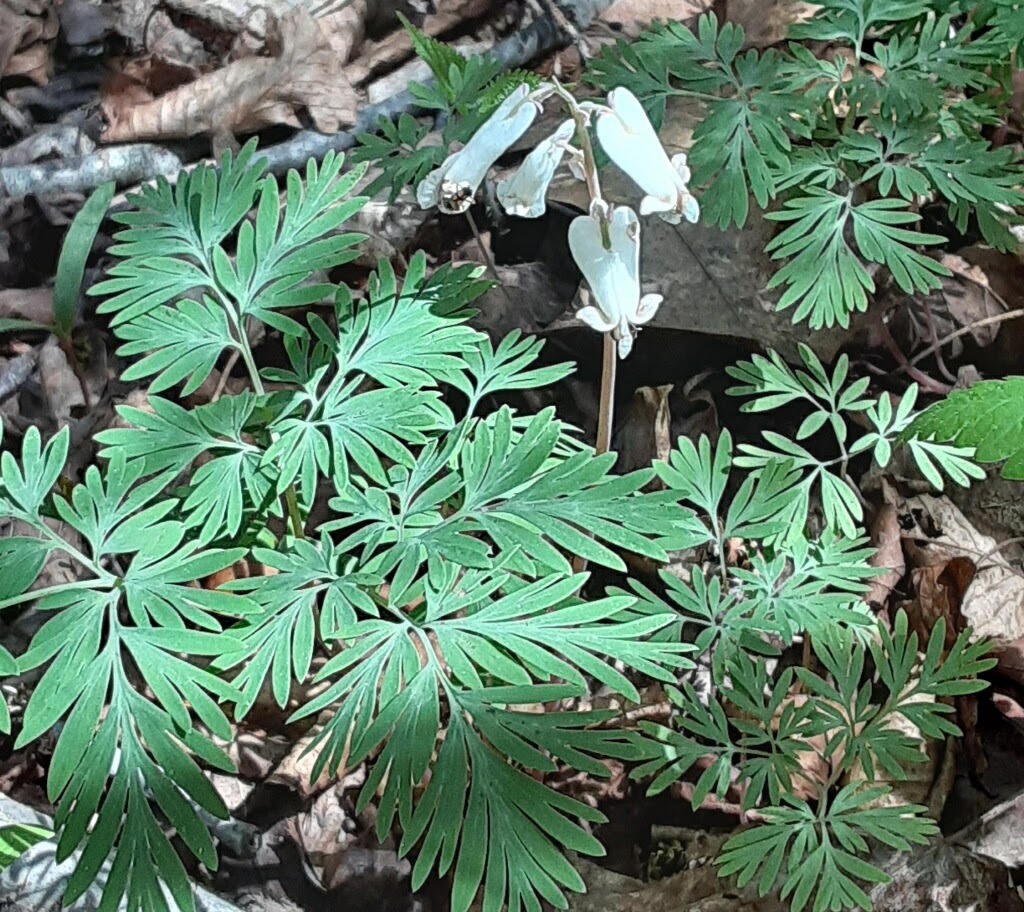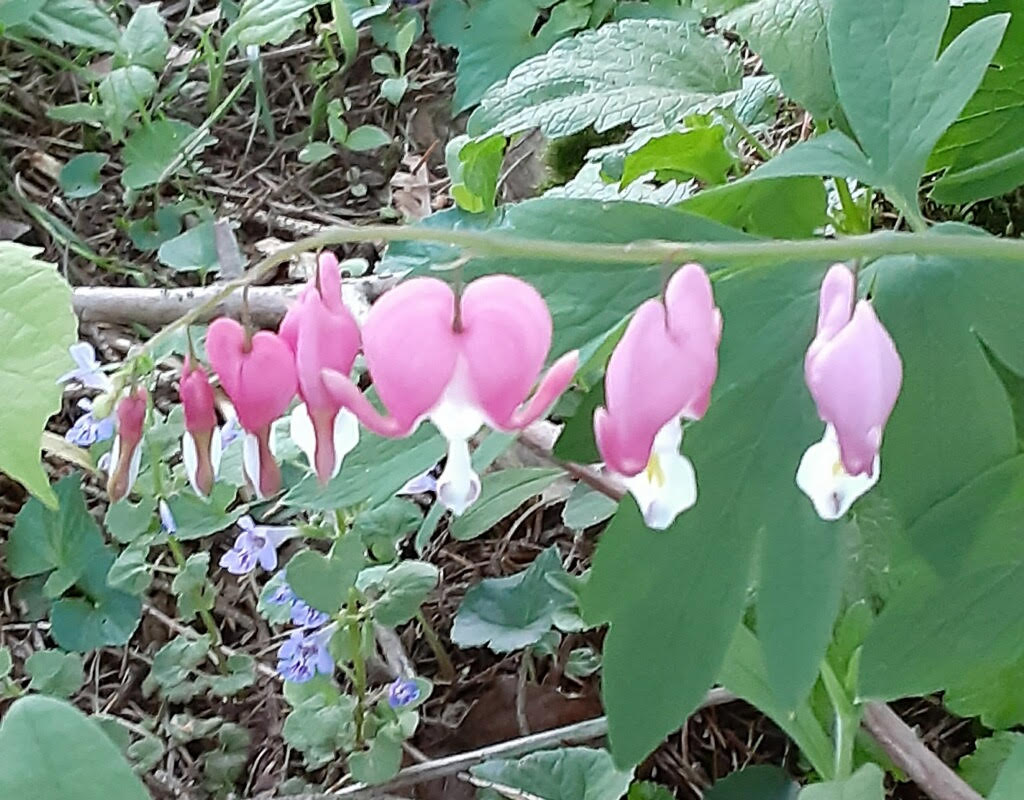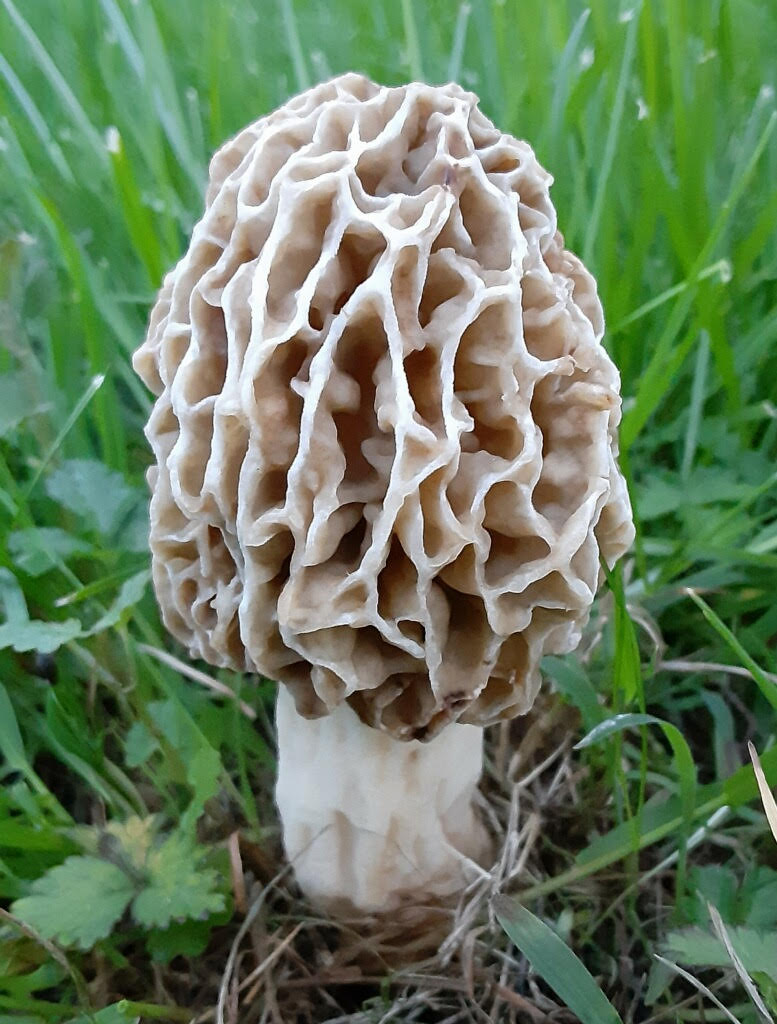By Susan Sprout
Hikers beware! Wood Nettles, Laportea canadensis, can cause painful contact dermatitis when touched or walked through. I’ve seen large patches of them growing along trails and roads popular with walkers, runners, and bikers. Don’t be fooled into testing the softness of their large, hairy leaves. It is an invitingly tall and handsome plant after all. But here’s what will happen if you brush against them – the thin, silica tips will break from the hollow hairs that have penetrated your skin which, in turn, will make the cells at their bases expel various chemicals (formic acid, histamine, acetylcholine) up through them into you, like a hypodermic needle, causing itching and burning. Nettles’ family name, Urticaceae, supports this reaction, as it comes from the Latin word uro which means “I burn”. Some say that Wood Nettle stings are more painful than the other nettle, Urtica dioica, that came here from Europe. Experts can neither explain the prolonged and possible synergistic effects of nettle stings nor have they determined the complete profile of chemicals they contain. So be careful out there! Some of their prickles are stout enough to penetrate clothing. The U.S. Forest Service suggests that a base substance like baking soda can be used to neutralize the strong acids that create the pain. What! You don’t carry baking soda in your fanny pack? Then how about a nice tube of antihistamine cream?
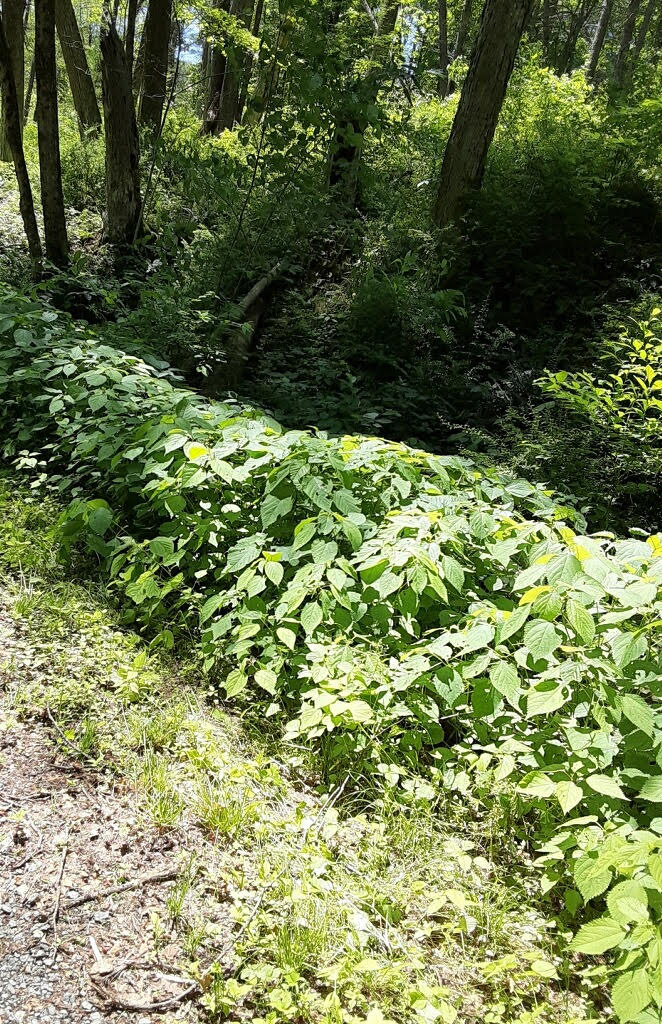
Wood Nettles are native perennials on the North American continent from Canada to Florida and west to Oklahoma. They grow anywhere in rich woods, bottomlands, and near streams. Their light requirement varies from deep shade to partially sunny edges. The whole plant can grow to four feet tall, with leaves three to six inches long and four inches across. Leaves grow alternately from long, hairy petioles or leaf stems that are attached to the main plant stem, on one side, then on the other side, all the way up. Flowers have just started to grow out now from the upper axils of the petioles where they meet the main stem. They may remain visible on the plants until September. The short-stalked male flowers are found on the lower part of the plant in tight, branching clusters. Attached to the top leaf axils will be the female flowers with longer stems and looser clusters. Their upward extension gives a spikey-hair quality to the greenish-white blooms. Wood Nettles will die back after the first hard frost.
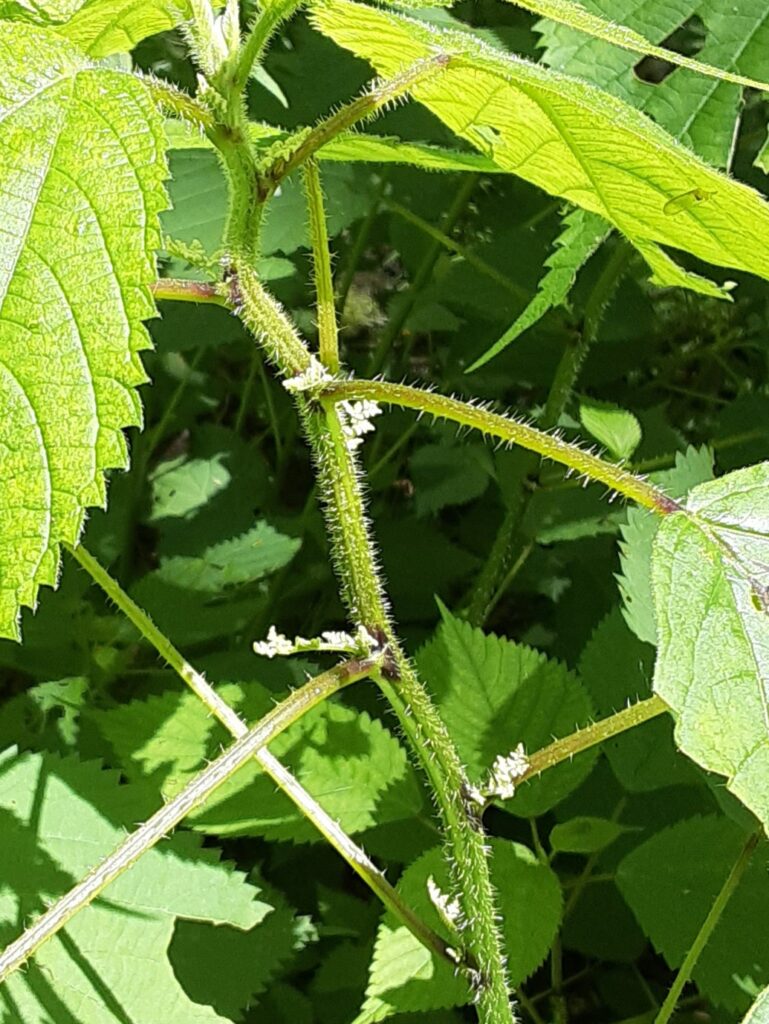
Some research suggests that nettles evolved their chemical weaponry to keep vertebrates from eating them. There are a lot of invertebrates, like bees and ladybugs, out there that find them very useful for food and as a host plant for butterflies, like the Red Admiral. Nettles, especially those in Europe have been used by humans for millennia, dating back to the Bronze Age (3300 BC to 1200 BC) as a source of fiber. The word itself comes from an ancient root that means to tie or bind. It is interesting to note that Wood Nettle fibers – extracted, twisted, woven – were used by our Native Americans on this continent for the same purpose, cordage and nets. Had their ancestors brought this skill with them and then found a plant to use? Nettles have also been used for food, medicine and dye. Drying or heating the plant “kills” the sting. Speaking of stings, have you ever been stung by a red ant? Their venom contains formic acid just like nettles. Ouch!



